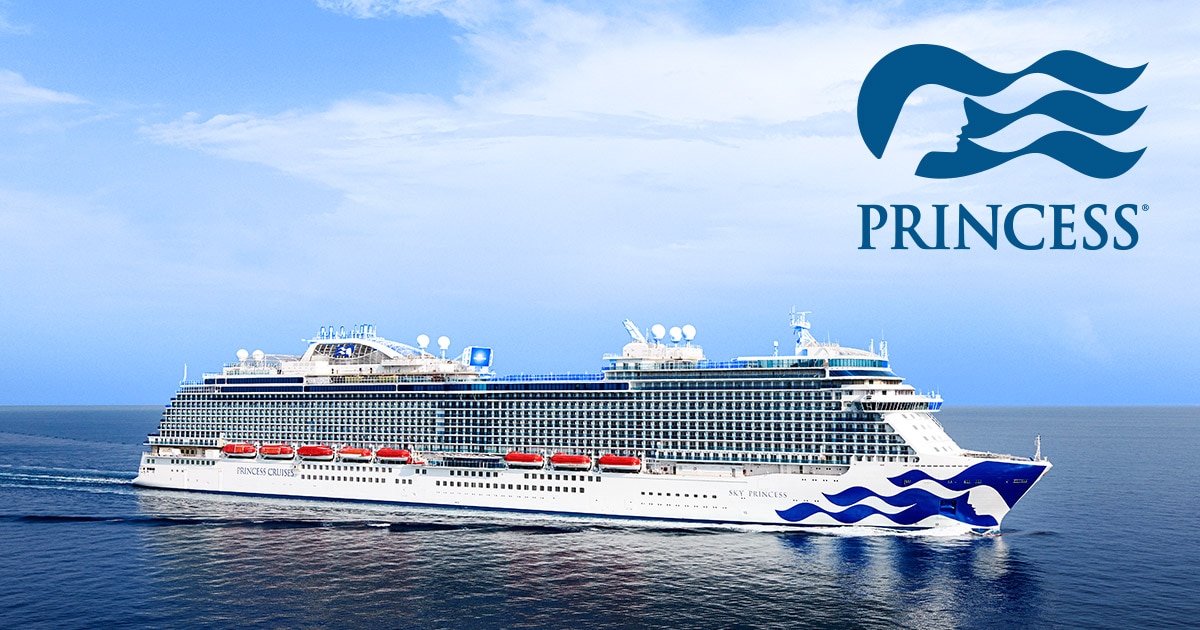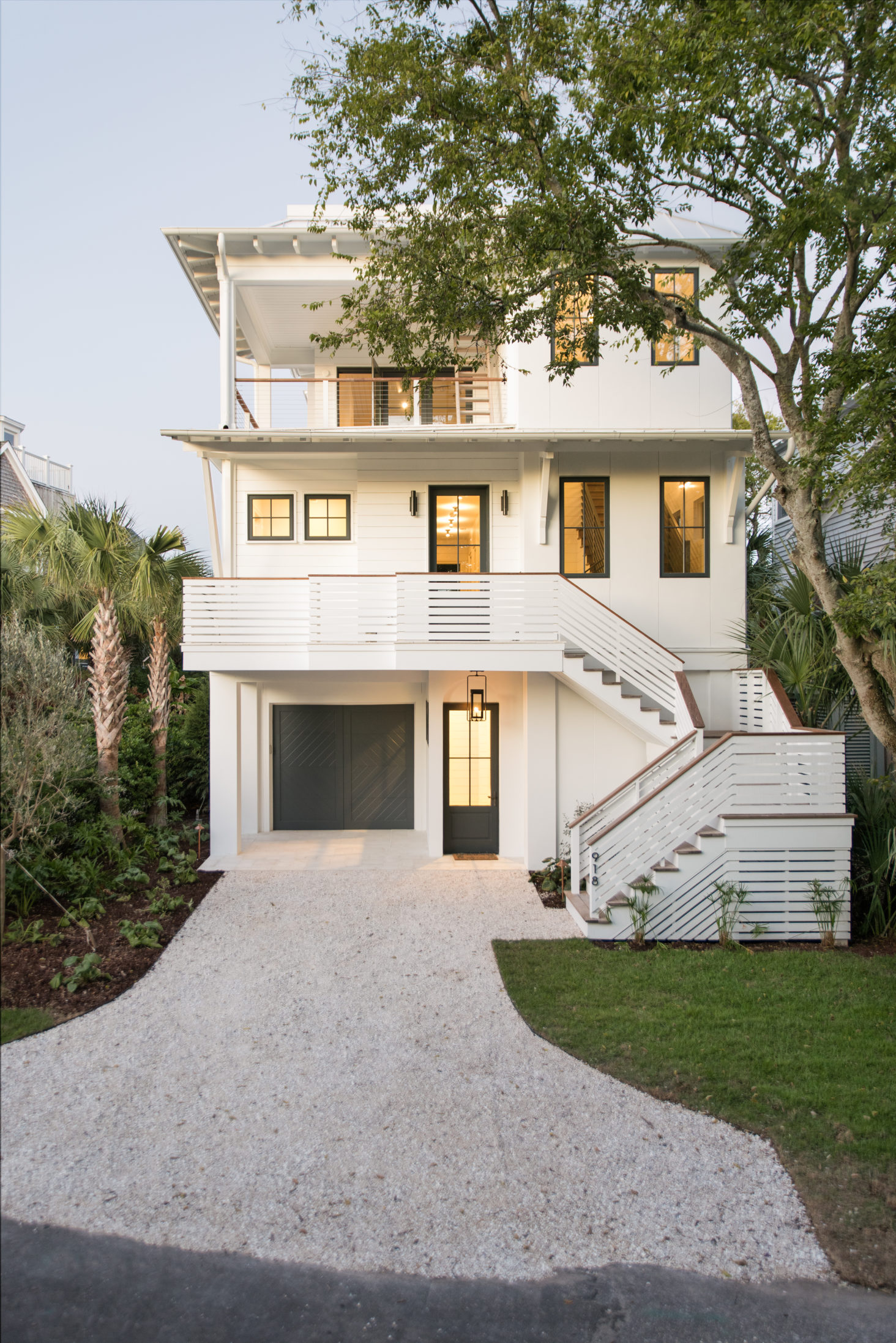Table Of Content

The Queen Mary 2 can make a transatlantic crossing in five days at its top speed. However, it usually sticks to its average cruising speed and makes the trip in seven days. However, if a passenger has a medical emergency and needs to reach the nearest port, the captain may choose to take the cruise ship to top speed. Cruise ships are scheduled to arrive in port at a certain time, and each hour they spend in port costs the company money in docking fees.
Royal Caribbean Announces Cancellation of All Cruise Stops to Private Island
Larger cruise ships can use up to 250 tons of fuel per day and burn a gallon of fuel every 30 to 60 feet traveled — that’s over 80,000 gallons of gasoline a day. Our beloved floating resorts aim to strike a perfect balance between getting you to your next margarita and ensuring you don’t spill it in the process. It’s about harnessing the power of modern vessels and also ensuring smooth sailing with an emphasis on comfort and efficiency. As for our friends at Norwegian Cruise Line, they are typically cruising at a maximum speed of around 24 knots. It’s not really about going fast, but more about a relaxing journey on the ocean.

Water and Weather Conditions
This is especially the case when the distance to the next port is short. Instead of the diesel-electric configuration found on many ships, Queen Mary 2 uses an integrated electric propulsion to achieve her faster-than-average speeds. Here's everything you may have wondered about cruise ships and their speeds. If you have seen a modern cruise ship up close, they are quite large and can move from port to port, and even continent to continent. To move a ship as large as Royal Caribbean's Oasis Class cruise ships requires a combination of power generation and efficiency. After all, the easier something is to get going, the less energy required overall.
MSC Cruises’ Ocean Cay Teaser
We will uncover the average speed of a modern cruise ship, as well as its maximum speed. Additionally, we will address a common misconception about cruise ships going faster at night. So, if you’re curious about the speed of these maritime marvels, keep reading to satisfy your curiosity and gain a deeper understanding of the world of cruise ship travel. This pragmatic approach does not detract from a cruise ship’s marvel; instead, it showcases an evolution of priorities within the industry.
Why Do Cruise Ships Use Knots Instead of Miles Per Hour?
Cruise ships typically travel at speeds of 21 to 24 knots, which is equivalent to 38.9 to 44.4 km/h. In cases of emergency a cruise ship may travel at top speeds as well. For instance, if a distress call comes in and the ship needs to assist another vessel a captain will use the ship’s full resources to lend aid as quickly as possible.
Additionally, rough seas or navigational hazards such as icebergs can also slow down a cruise ship. Captains may choose to reduce speed for safety reasons, ensuring a smooth and comfortable journey for passengers. “Cruising speed” is the speed at which most cruise ships travel on open seas. It is not the maximum speed but a rate at which the ship will offer a comfortable ride, using the least amount of fuel for the distance traveled. If a cruise ship traveled with “the pedal to the medal” it would not only give the passengers a rough sailing, but it would also use much more fuel than necessary.
Small passenger ships and ocean liners are the fastest, but these aren’t technically cruise ships. Smaller ships can go faster because they carry less weight, while ocean liners are designed to be more aerodynamic. However, small improvements in efficiency make a significant difference on a cruise ship.
How Fast Does a Cruise Ship Go?
However, several ships from Holland America Line, Norwegian Cruise Line and Royal Caribbean have been known to reach speeds of over 25 knots (29 mph) during sea trials. It’s hard to imagine a massive vessel, complete with rooms, restaurants, entertainment centers and possibly hundreds, sometimes thousands of passengers, moving swiftly. But, if you’ve ever set sail before, you know large ships make it from port to port somehow without sprinting across the water.
The 25,000 ton Olympia Voyager (aka Costa Voyager, Voyager, and Grand Voyager and now owned by Bohai Ferry Company) can travel as fast as 27 knots or 31 miles per hour. But 25,000 tons is very small by the standards of today’s cruise ships, and the Voyager is really an ocean liner and not a cruise ship. The speed of cruise ships is measured in knots (Kn), 1 knot is 1 nautical mile per hour. Cruise help - for the "normal" speed values, multiply knots by 1,15 (mph), or 1,852 (kph). Below, you may compare the average passenger ship speed in the huge fleets of several big cruise ship companies and lines.
Designing and building a new cruise ship is a complex process that involves extensive research, planning, and shipbuilding techniques. From the initial concept to the final product, every detail is carefully considered to ensure a safe and enjoyable experience for passengers. ’, I’ll be sharing my findings on the cruising industry’s speed basics, the fastest ships, and the factors that can affect a ship’s velocity. Speed limits in certain areas protect marine life (you wouldn’t want to upset the dolphins, would you?) and help prevent accidents.
In 24 hours, a cruise ship travelling at the standard service speed can cover about 480 nautical miles (which equates to 552 land miles). The speed at which cruise ships travel on open seas is known as ‘cruising speed’ or ‘service speed’. This speed offers the best combination of distance travelled and fuel economy. Deciding which is the fastest cruise ship depends on your definition of a cruise ship.
The maximum speed of a cruise ship is usually around 22 to 27 knots, roughly 25 to 31 miles per hour. It’s important to note that these numbers may vary depending on the specific ship and its design. The design of the ship’s hull also plays a critical role in determining its speed. Cruise ships have displacement hulls, which are designed to push water out of the way as the ship moves forward. The hull design affects how efficiently the ship moves through the water and can impact its speed and fuel consumption.
The word “knot” traces back the 1600s when seafarers used an instrument called a chip log to determine the speed of their vessel. A log consisted of rope with uniformly set knots attached to a piece of wood. The device would float behind the vessel and release the rope as the boat advanced. After a specific time passed, sailors brought the rope back in and counted the knots between the boat and the wood. The cheetah of the cruise ship Savannah is none other than the SS United States. But remember, she’s more of an ocean liner than a traditional cruise ship.
Royal Caribbean's giant new ship also is its fastest - USA TODAY
Royal Caribbean's giant new ship also is its fastest.
Posted: Sat, 21 May 2016 07:00:00 GMT [source]
Faster cruise ships consume more fuel, leading to increased air pollution and greenhouse gas emissions. High-speed travel can also cause noise pollution and disturbance to marine life. Finally, if you’re concerned about motion sickness, it’s crucial to choose a cabin that minimizes the ship’s movement. Our guide to the best rooms on a cruise ship for motion sickness can help you make the right decision for a comfortable journey. In some places around the world, government regulations require cruise ships to travel at a slow speed.
No other vessel this size can cross the Atlantic as fast as Queen Mary 2. Some people may consider Cunard’s Queen Mary 2 to be the fastest cruise ship with a top speed of 30 knots. However, you may be surprised to learn that she’s not technically a cruise ship, she’s an ocean liner! This ship is designed to transport passengers across the Atlantic, sitting lower in the water with a pointed bow and an extra-thick hull compared to a true cruise ship.
When you have ships like the Oasis of the Seas, which is 9 times larger at 225,282 tons, traveling at speeds of 20.2 knots or 23 mph, it really is astounding. Unlike highway traffic, ships generally have no specific speed limits. Several factors affect the speed of a cruise ship, including the itinerary, weather, and distance to the shore. The main exception is that a ship will speed up in the event of a storm or rough waters in hopes of passing through it quickly. The captain may sometimes decide to speed up if they know a storm is coming in hopes of outrunning it. Finally, a cruise ship maintains a certain speed to keep on schedule.


No comments:
Post a Comment